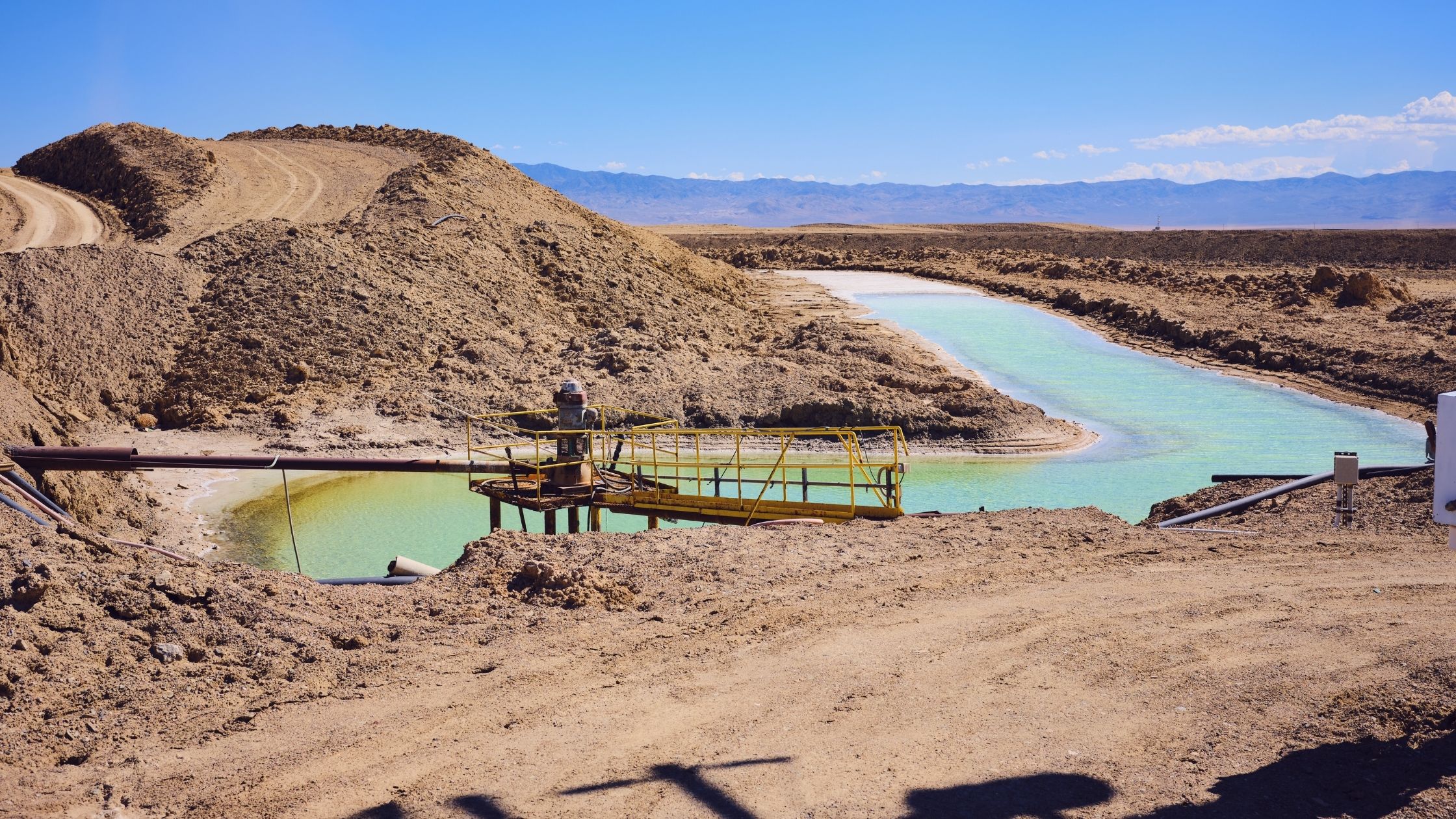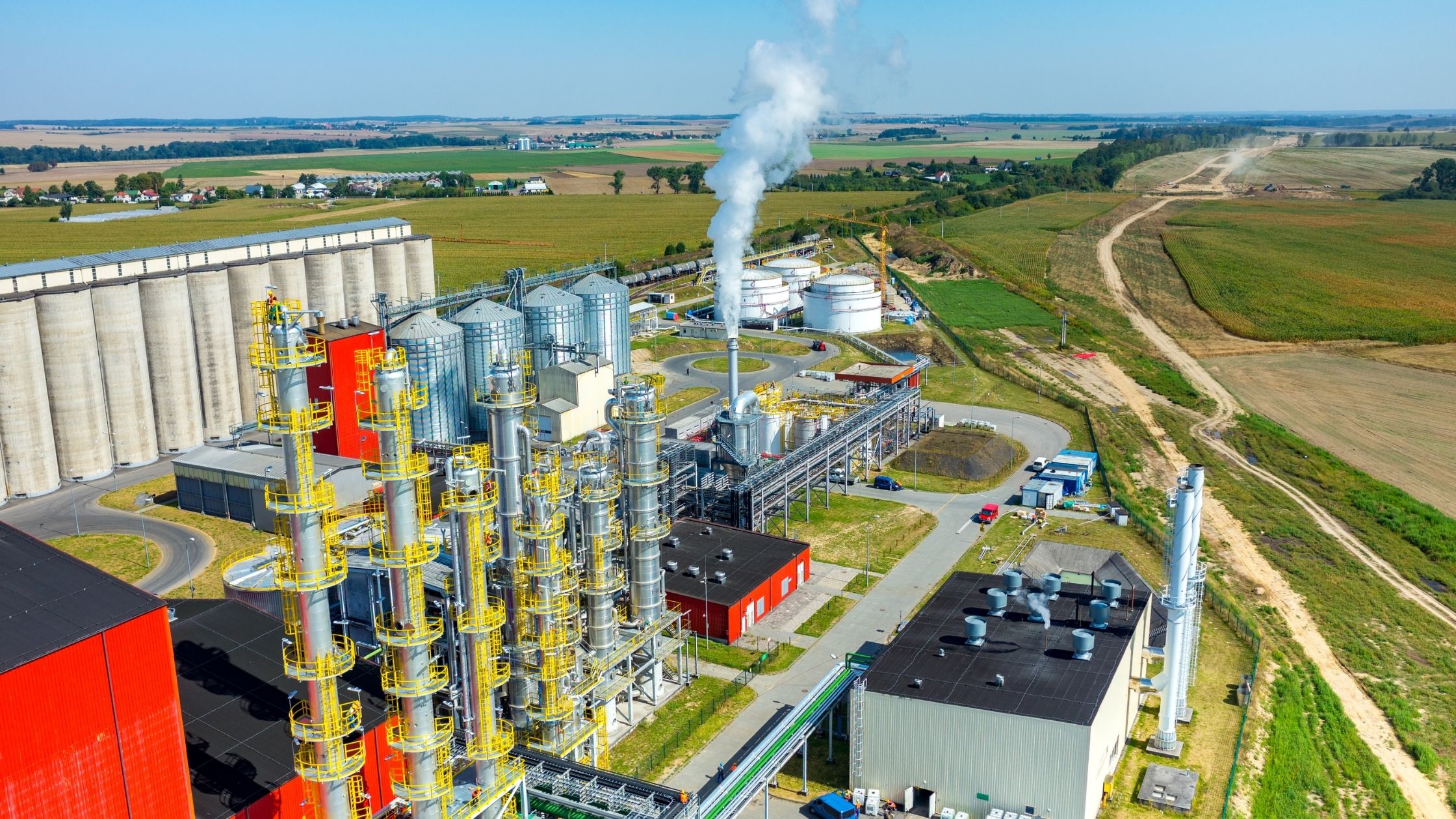
The problem with excess demand for sustainable products
What’s happening? Half of sustainability-linked bonds (SLBs) have a premium larger than the potential penalty their issuers would experience if they fail to reach sustainability targets, according to researchers at the University of Zurich. The researchers compared sustainability-linked bonds with their non-labelled equivalents and found that the former were, on average, issued with a yield 29.2 bps lower than their counterparts. The authors said the small sample size and early stage of the study means the report’s findings are only preliminary. (Responsible Investor)
Why does this matter? SLBs are unique ESG products which can commit issuers to long-term sustainability changes to their business model in exchange for more favourable repayment rates. However, premiums on SLBs – driven by market demand for such securities – could reduce the incentive for firms to meet their targets since the penalty cost for missing these targets would have already been redeemed.
How do SLBs work? SLBs are instruments where issuers agree to meet predefined targets, failure to meet these results in a coupon step-up or a higher principal at maturity. In comparison with green bonds, financing is not limited to a specific project and can be used for general corporate purposes.
These instruments have been growing rapidly – the first SLB was issued only in December 2018 and the market size of issued bonds is now over $140bn (as of 31 December 2021). This growth is set to continue into 2022 – S&P Global expects SLBs to be the fastest-growing segment of the sustainable bond market in 2022.
Why is there a “greenium” in SLBs? A premium – where the price of green bonds or SLBs is higher that their equivalent counterparts – could be attributed to the prevalence of demand over supply. Green bond issuance has surged in recent years, but demand has still outpaced it. In the US green bonds are on average oversubscribed 4.7x compared to 2.5x for vanilla bonds, and in Europe green bonds were oversubscribed 2.9x compared to 2.6x for vanilla bonds.
Are the penalties for missing targets high enough? Most SLBs have a penalty of a 25 bps coupon step-up for missing targets. In comparison to a bond’s initial coupon this is quite low and may be insufficient in motivating companies to use the financing to alter their business model.
For example, in November, Teva Pharmaceutical raised $5bn from a SLB. If Teva misses its sustainability targets it will have to pay $10m of additional annual interest to investors in the bond. But, this penalty will not even be “material” to Teva’s debt rating, according to S&P Global.
How SLB “greeniums” increase the risk of greenwashing – The researchers from the University of Zurich discovered the financial savings from the average premium over an SLB’s lifetime is estimated to be 60% higher than any potential penalty.
Since the safe gains outweigh the potential loss, the researchers say SLBs could be used as an arbitrage strategy and therefore become a vehicle for greenwashing. Issuers could launch SLBs for financial optimisation with no interest in actually improving their sustainability.
What can be done? To address the greenwashing risks SLBs could increase the penalty for missing targets. Pictet Asset Management says the penalty should be similar to step-ups seen when an issuer’s credit rating is downgraded – approximately 125 bps.
The bigger picture – The dynamic around SLBs shows how demand for sustainable products – financial or otherwise – can potentially reward greenwashing. By the time greenwashing accusations are proven, consumers have often already been swayed by marketing materials and voted with their wallets, while a company’s reputation for being green may even overpower critiques of their environmental credentials.


